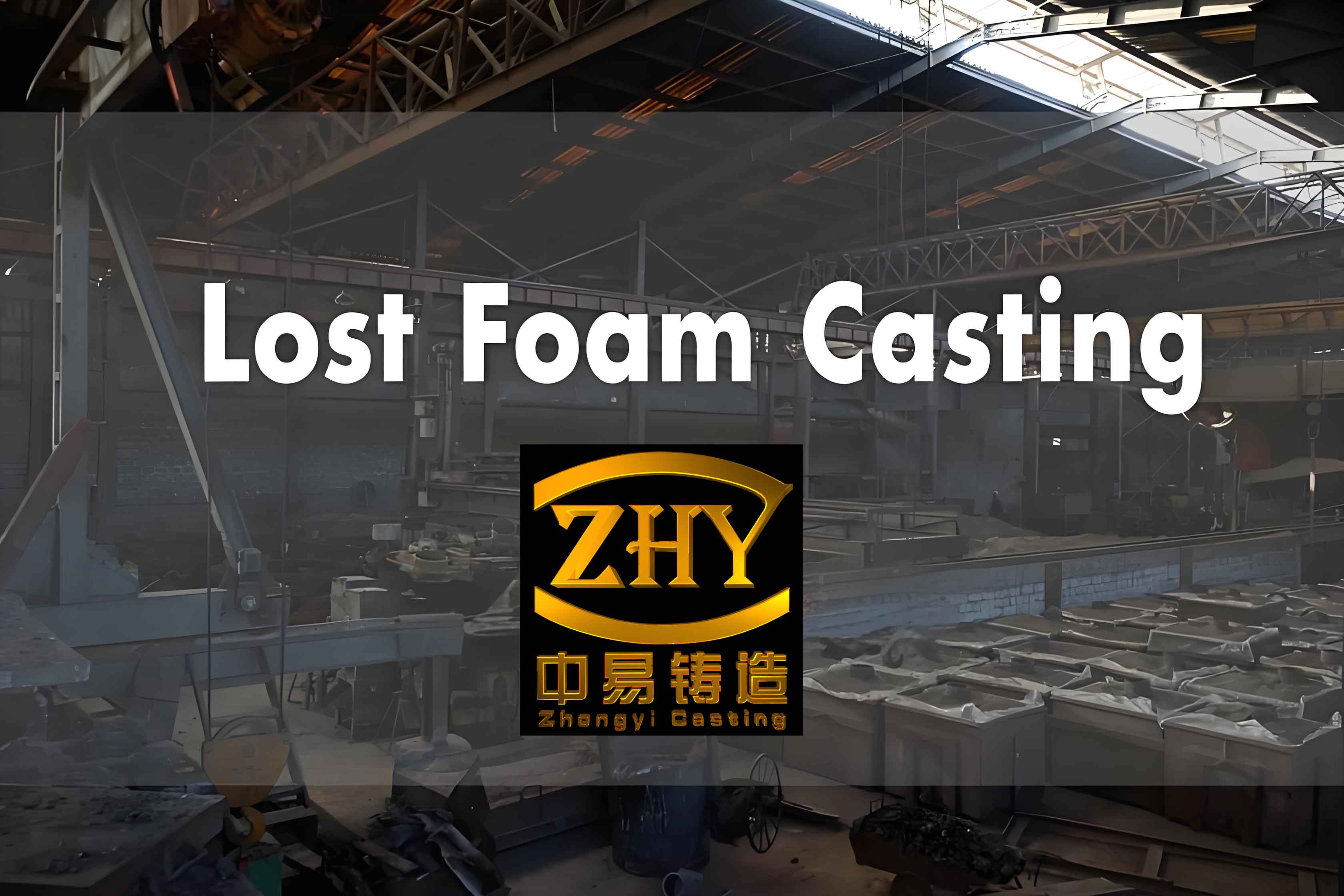Abstract
The interaction between foam patterns and molten metal leads to significant differences in the fluid flow, temperature field, and filling capability during the lost foam casting process compared to traditional casting methods, making it more challenging to control casting defects. Utilizing numerical simulation technology allows for a visual observation of the filling and solidification processes in lost foam casting, enabling the understanding of defect formation causes, optimization of process parameters, and assurance of casting quality.

Contents
- Introduction
- 1.1 Background and Significance of the Research
- 1.2 Overview of Lost Foam Casting
- 1.2.1 Process of Lost Foam Casting
- 1.2.2 Characteristics of Lost Foam Casting
- 1.2.3 Application Scope of Lost Foam Casting
- 1.3 Development of Lost Foam Casting
- 1.3.1 International Development
- 1.3.2 Domestic Development
- 1.4 Research Status of Casting Numerical Simulation Technology
- 1.4.1 International Research Status
- 1.4.2 Domestic Research Status
- 1.4.3 Overview of Lost Foam Casting Numerical Simulation
- 1.5 Research Content of This Paper
- Basic Theory of Numerical Simulation for Lost Foam Casting
- 2.1 Characteristics and Influencing Factors of Filling and Solidification in Lost Foam Casting
- 2.1.1 Characteristics
- Table 2.1: Influencing Factors of Filling and Solidification in Lost Foam CastingFactorDescriptionPouring TemperatureAffects gas gap pressure and filling capabilityMold DecompositionProduces gaseous decomposition productsGating SystemImpacts filling patternRiser DesignInfluences feeding ability
- 2.1.2 Influencing Factors
- 2.2 Basic Theory of Filling Process Numerical Simulation
- 2.3 Basic Theory of Solidification Process Numerical Simulation
- 2.4 Introduction to ProCAST Software
- 2.4.1 Application Scope
- 2.4.2 Analysis Capabilities
- 2.4.3 Analysis Modules
- 2.1 Characteristics and Influencing Factors of Filling and Solidification in Lost Foam Casting
- Numerical Simulation Analysis of the Original Process for Ductile Iron Shell Casting
- 3.1 Characteristics of the Casting and Introduction to the Original Process
- Structural Diagram of the Casting
- 3D Model of the Casting
- Table 3.1: Casting SpecificationsDimensionValue (mm)WeightValue (Kg)MaterialQT450-10Max33720Min(various)
- 3.2 Problems with the Original Process
- 3.3 Preprocessing for the Original Process Simulation
- 3.3.1 Finite Element Mesh Generation
- 3.4 Numerical Simulation of the Filling and Solidification Process for the Original Process
- 3.4.1 Numerical Simulation and Analysis of the Filling Process
- Simulated Filling Process
- 3.4.2 Numerical Simulation and Analysis of the Solidification Process
- Simulated Solidification Process
- 3.5 Summary of This Chapter
- 3.1 Characteristics of the Casting and Introduction to the Original Process
- Improvement of the Casting Process and Simulation Analysis
- 4.1 Ideas for Process Improvement
- 4.2 Riser Design Improvement
- 4.3 Gating System Design Improvement
- 4.4 Simulation Result Analysis
- 4.4.1 Filling Simulation Process and Analysis
- Improved Filling Simulation
- 4.4.2 Solidification Simulation Process and Analysis
- Improved Solidification Simulation
- 4.5 Comparison of Simulation and Actual Production Results
- 4.6 Actual Production Situation
- 4.7 Summary of This Chapter
- Conclusion
- 5.1 Summary of This Paper
- 5.2 Innovations of This Paper
- Table 5.1: InnovationsInnovation NumberDescription1Successful application of ProCAST in complex ductile iron shell casting
- 2. Creation of a new database3Representation of coating effects through heat transfer coefficient and permeability4Validation of parameter settings through comparison
